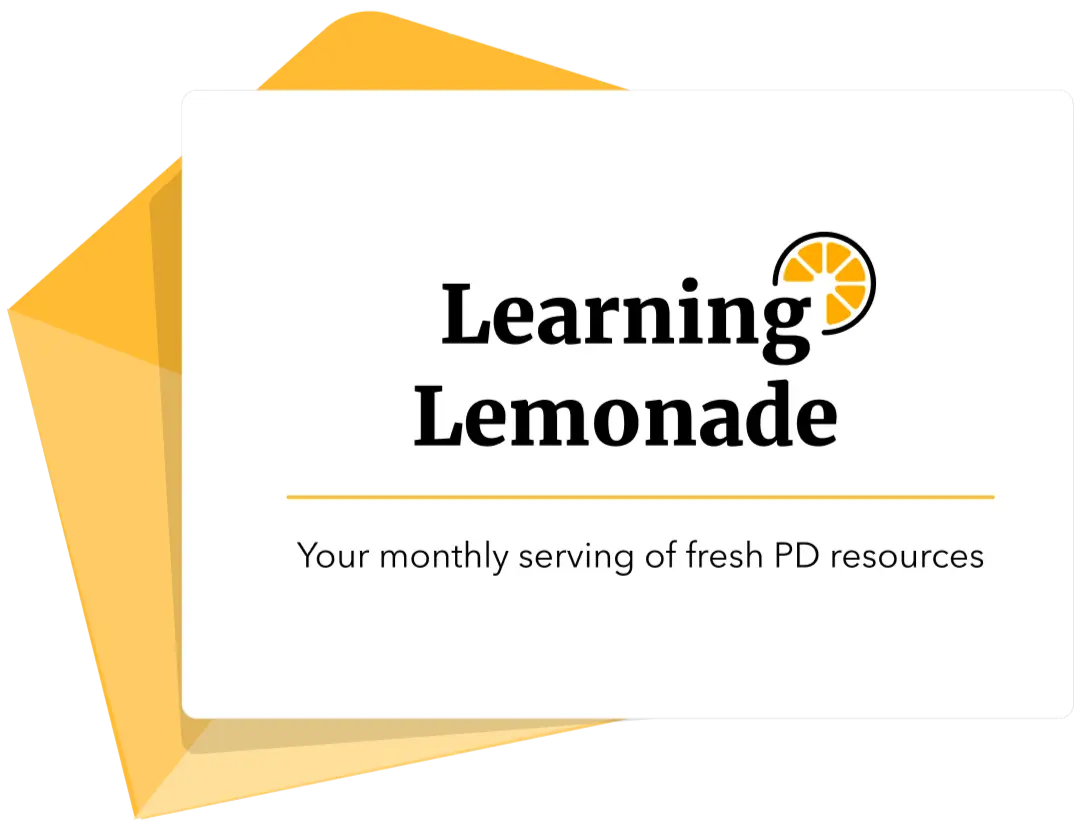Creating ATL Skill Maps for the MYP Curriculum
A case study of Pathways School Noida, India
Every MYP school needs to create a clear plan for implementing students’ ATL skill progression over the five years of the MYP. This is referred to as vertical articulation of ATL skills. The purpose of vertical planning is to sequence learning so that it progressively continues from year one through year five of the MYP and beyond. Teachers can work with one another, alongside librarians, to ensure that ATL skills are planned vertically (across all units in each subject group from year 1 through 5) and horizontally (across all units within a single subject group for one year).
In this blog, I will walk you through two methods I adopted along with my teaching team at Pathways School Noida, India to develop a robust process of tracking the progression of ATL skills at our school. I have broken these methods down into a simple step-by-step process so that you may follow the same at your school. I have also supplemented the steps with various templates which we designed as a part of the process. It is important to consider that there is no ‘right way’ to map and articulate skill progression for a school. This can vary across school contexts; these are simply some of the many possible ways in which this can be undertaken. And, as with all good things, this continues to be a work in progress for us! So let’s get started?
Mapping and articulating ATL skills for a school curriculum
Method 1: Using 10 ATLs for each subject group aligned with subject objectives
In this method, each department selected 10 of the most relevant skills for their subject group and worked towards articulating skill progression. Here are the steps we followed:
Step 1: Understanding the ATL framework and reflecting on why it’s important
Before we began our task, we thought it was important for everyone to be on the same page when it comes to some of the key vocabulary associated with ATL skills. This included:
- ATL categories: The five main ATL categories are communication, thinking, social, self-management, and research. You can find a list of all ATL skills here.
- ATL clusters: Within each category, there are individual clusters that further break down the kind of skills each category includes.
- ATL skill indicators: Within each cluster, there are multiple indicators that reflect students’ ability to choose and perform the right technique/behaviour at the right time.
At this stage, it was also important for everyone to understand the difference between ATL mapping and ATL articulation. This can be understood better as:
- Mapping: Identifying when and where chosen skills were explicitly taught
- Articulation: Identifying how skill progression will play out
We wanted to develop a culture where teachers don’t just select ATL skills or treat them as ‘tick-boxes’ in their planners. Instead, we wanted to focus on what they actually teach and skills that are linked to the objectives. How would we make sure our vertical articulation chart is an actual reflection of what is going on in the classroom and not something that sits on a shelf/in a folder? How would we share best practices and inquire into how ATL mapping allows us to innovate as a school? To map ATL with a clear purpose usually stimulates an exciting shift from perceiving the ATL as a framework to only support teachers’ work to placing greater emphasis on students using the framework for their learning. As such, it was important for everyone to understand why creating a vertical articulation chart was important. To align everyone to the same purpose, we got into small reflection huddles, mixing up teachers across all subject groups and roles. We focused on the following prompts in our discussions:
- Apart from the documentation of ATL skills in unit planners, where else should the progression be documented? Why do we need a vertical ATL articulation chart?
- Are we focusing on explicit ATL development in the classroom for students?
- What are the systems to track this in each subject? Do we need to track this? Why?
- Are we building the collective capacity of our teachers to understand the pedagogical need for ATL skills for better learning? How so?
- What will be the outcome in terms of a mapping chart and resources?
During our reflections, we realized that balance and the purpose of these skills across subjects were missing. We then moved on to our next steps to get a closer look into what ATL skill mapping across our subject groups currently looks like.
Step 2: Mapping existing ATL practices
As a next step, we began exploring how they are currently aligning ATL skills with taught content. We formed a Professional Learning Community (PLC) with five teachers from different subject areas. These teachers collected data regarding what is already out there. At this stage, the team wanted to understand which ATL skills are being explicitly taught and how this was being documented across subject groups. We used this template to complete this step of the process. You can use the same (you will be prompted to make a copy), and get your teachers to select the ATLs currently being taught in their subject groups.
Step 3: Data collection and analysis
After the initial mapping was conducted through the PLCs, teaching teams got together to analyse the data collected. An important consideration at this stage was to check to see if relevant learning experiences were actually being designed to support the development of the identified skill indicators. Teaching teams were quickly able to identify gaps and the lack of balance across year and subject groups as per the requirements of the MYP. When analysing the data gathered by the PLCs, here are some pointers we used to check for a balanced distribution of skills:
- Is there a repetition of the same ATL skill indicator in each subject?
- Are there any skill indicators that have not been addressed at all?
- Are there opportunities for explicit teaching of identified skills?
- Are we distinguishing between implicit and explicit teaching of ATL skills in the classroom?
Step 4: Plan of action
PLCs then moved on to identify at least ten skills that are core to a specific subject and began working on develop an action plan to prioritize teaching these skills. We took inspiration from the work of Lenny Dutton and utilised the spreadsheet Lenny has shared in this blog to begin working on our action plan. In the spreadsheet here, you will see how we began creating an ATL mapping chart at Pathways for a few subjects. You’ll observe that we’ve included ten ATL skills for each subject which are, in turn, linked with the subject objective, unit information, and the learning experiences planned to develop the ATL skill. This continues to be a work in progress for us, as it should for you. As teams, we should continuously reflect on our ATL plans, using feedback we receive from teaching and learning processes to fine-tune as we go along.
Step 5: Creating subject-specific ATL unit maps
Once this plan of action was in place, educators began creating subject-specific ATL unit documents so that they could track their progress and activities within departments, and across year groups. An example of how teachers from the language and literature subject group completed this activity can be found below:

Samples for other subjects can be found here.
This structure helped teachers track their own plans and helped them be more aware of the learning objectives, connection with the SOI, and assessment planning. It impacted assessment as learning positively for us.
Step 6: Developing ATL rubrics for students
As the next step, we wanted to ensure that students are able to set goals based on these ATL skills and measure their growth, document, and self-assess through a portfolio. To measure if students have picked up the skills that we are teaching explicitly through the course of our units, we created a rubric for our learning expectations. Here are two examples:


Method 2: Create a monthly theme for ATL Skills
In this method, the entire school followed a certain set of skills on a monthly basis. This way, all MYP students would have covered the categories and clusters throughout MYP years 1-5. We attempted to create a version of this map, which you can find here. You can utilise this map to design one for your own teaching teams and utilize it for your own school’s context.
Conclusion
I have tried to summarize a process that works for us at our school. As I mentioned earlier, there is no one way to develop an ATL mapping chart. It usually depends on the school context, culture, and pedagogical approach. This journey for us has been an ongoing one, and we are trying to explore various ways to make this change a part of our school culture. We aim to create a culture where students can independently evaluate their own strengths and areas of growth, and teachers can innovate with ways to develop explicit ATL experiences in the classroom, or outside, and enable students to learn effectively.
Acknowledgments:
I would like to acknowledge my colleagues Meghna Kaushik, Shivani Khanna, Shoma Guha, Sheeba Abraham, and Disha Jain for their contributions to this exercise and for helping create some of the templates I have shared here.












